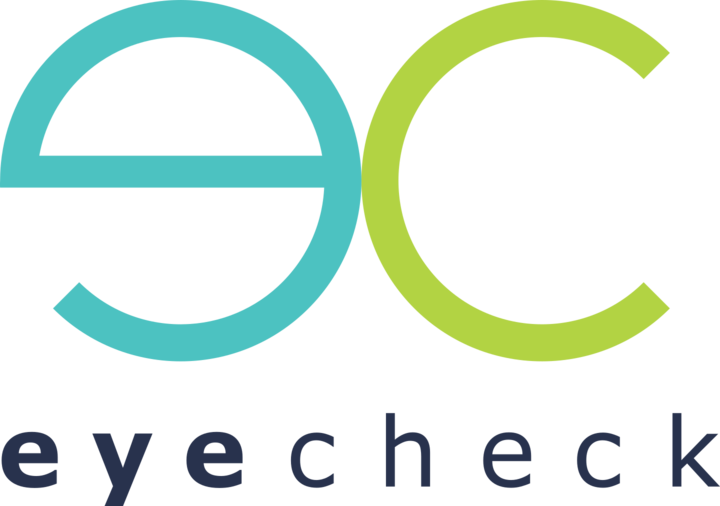700 million people are currently in need of basic eye care.
Limited access to eye care should not be a barrier to classrooms, job sites, or communities. Ultimately, this problem exists because the way we provide eye care has not changed in decades: we still rely on the same slow, subjective and expensive techniques for providing eyeglass prescriptions.
There are three major problems with way eye care is delivered:
Ignored Age Groups
Identifying eye health issues in children is often overlooked. This is critical because children are at a high risk of developing eye conditions which if not treated early could lead to irreversible vision loss.
Inappropriate Solutions
Eye care solutions are not made for the developing world. They are either expensive, bulky or require too much user input. A newer approach to delivering vision care is needed.
Isolation
In many countries the ratio of optometrists to patients is often one to a million; making it hard for individuals to simply get a prescription. Alternative advancements for providing care are needed.
Clear Vision Changes Everything.
Access to clear vision means education, income and health.
Creates Opportunity
Solves Global Health Challenges
Enhances Quality of Life







